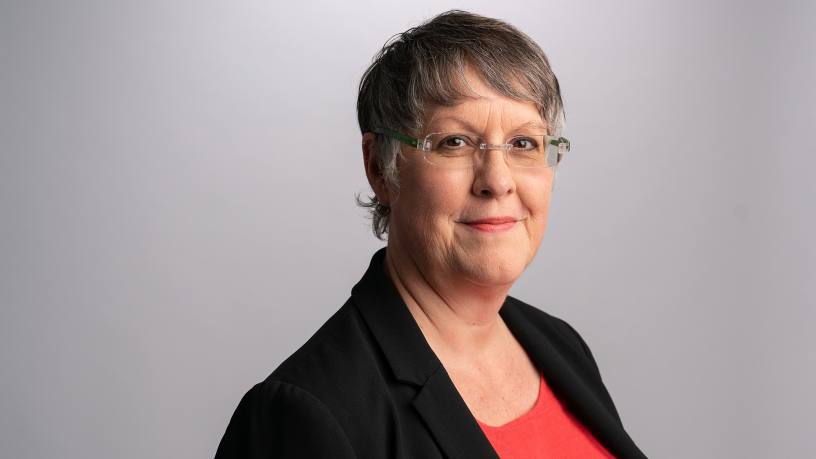According to the Atlantic Council Central Bank Digital Currency (CDBC) Tracker, 105 countries, representing more than 95% of global gross domestic product, are exploring a CBDC. This is quite a jump in activity since May 2020, when only 35 countries were considering one.
Ten countries, including Jamaica and Nigeria, have fully launched a digital currency, while China’s pilot is set to expand in 2023. The European Central Bank (ECB) is half-way through its two-year investigation into a digital euro, exploring design considerations such as privacy, form factors and distribution models.
Unsurprisingly, the question of interoperability between these initiatives was a hot topic at the recent Sibos conference in Amsterdam, including a panel on connecting digital islands, with participants from Accenture, Bank of America, the ECB and HSBC.
But even defining interoperability proved to be a challenge, as the panellists teased out the different planes of interoperability, including policy, technology and functionality. “The technology is not the hard part, actually,” said David Treat, senior managing director at Accenture. “It is absolutely those decisions around law and regulation, policy and operational choices, that are going to play out in wonderfully different ways.”
Evelien Witlox, digital euro programme manager at the ECB, pointed out that all 105 central banks are at different stages of design. “Yet even though the jurisdictions are in different phases as to the thinking on policy, technology and functionality, we are already discussing how they could be interoperable with each other,” she said.
The Bank for International Settlements released a paper in July outlining three models for interoperability of CBDCs for cross-border payments:
- Compatibility: individual CBDC systems using common standards;
- Interlinking: establishing a set of contractual agreements, technical links, standards and operational components between CBDC systems;
- Single global platform: a single common technical infrastructure hosting multiple CBDCs.
A straw poll of the Sibos audience found that almost two-thirds believed that interlinking was likely to be the way payments systems, including those carrying CBDCs, will work together in the future. Only 8% believed that a single global platform would be the dominant model.
While the panellists agreed with the audience that a single platform would be difficult to achieve at a global level, all leaned toward a mixture of the three models. Lewis Sun, global head of domestic and emerging payments at HSBC, said: “Some regions or cluster jurisdictions might adopt a single system, and some of them may apply compatible standards. But on top, if we want to make it truly a global infrastructure, then that interlinking layer has to be established.”
Ms Witlox said: “We will see probably a mixture of interlinking and maybe regional platforms will start to exist, but I think it will be a growing model where compatibility will be the basis on which the rest can build.”
“Yes, a little bit of all three, but certainly [compatibility] – with the foundational layer of open source and open standards – will be the most important catalyst for how this plays out,” added Mr Treat.
David Kretz, head of financial institution payments and market infrastructure at Bank of America, called on the multiple scheme operators not to repeat the fundamental error of the past and agree to disagree on standards, which he says has consequences “that ripple for years”.
“As we embark on this journey, which is really exciting, we are looking forward to something that is interlinking [and compatible],” he said.
Joy Macknight is editor of The Banker. Follow her on Twitter @joymacknight
Register to receive the Editor’s blog and in-depth coverage from the banking industry through the weekly e-newsletter.






